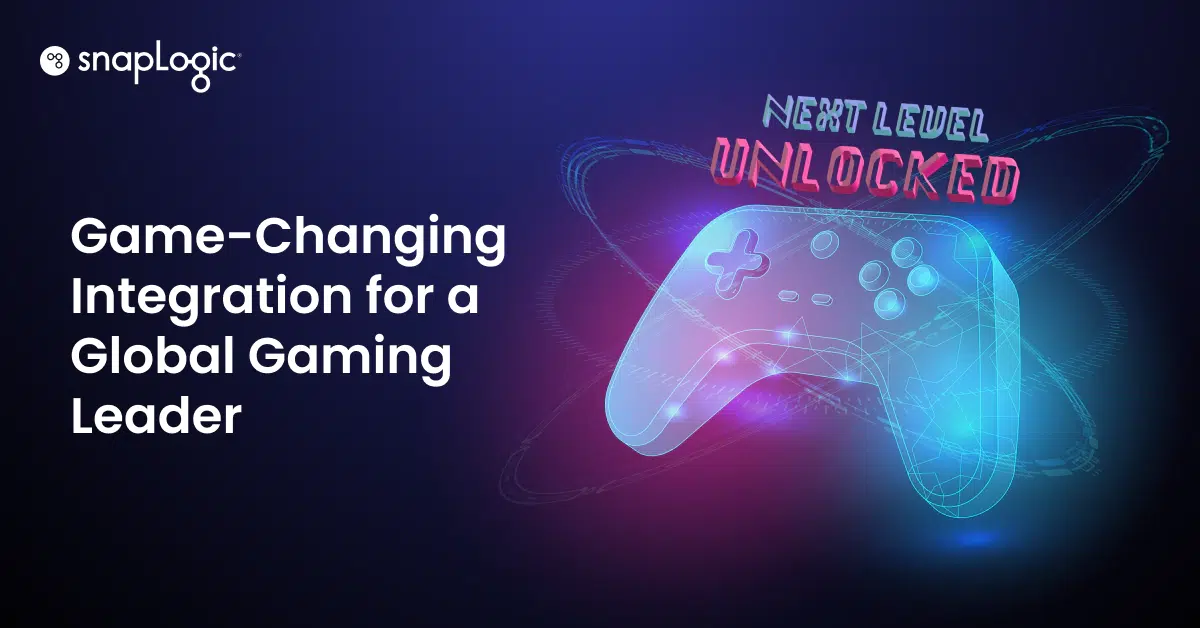At the heart of digital transformation lies the urge to survive. Any company, no matter how powerful, can go bankrupt, suffer a wave of layoffs, or get thrust into the bad end of an acquisition deal. Market disruption, led by those who have put digital transformation into practice, contributes heavily to such calamities. Look no further than the case of Blockbuster.
In its heyday, the U.S. movie rental giant had stores planted on what felt like every street corner. Then came Netflix. By driving content digitalization, Netflix pioneered a new way of consuming media and entertainment. Eventually, it began using data and analytics to create personalized, almost enchanting, customer experiences, to the point where 125 million people now subscribe to their service. What’s more, Netlflix recently hit a market capitalization of $152.7 billion, edging past Disney to become the most valuable media and entertainment company in the world.
What became of Blockbuster? They filed for bankruptcy.
If you want to go on existing as a company, then you need to digitalize some of your processes.
What is digital transformation, anyhow?
Many are understandably confused about what the concept of digital transformation even means. It’s abstract and daunting – it’s incurably broad.
In its essence, digital transformation entails the creation of something new. It’s about uprooting archaic practices and systems and replacing them with better ones. When an organization undergoes digital transformation, they radically improve the customer experience, launch high-impact products, and open new revenue streams.
Digital transformation also contains many different elements, some more critical than others. Leveraging rich data to make decisions, for example, is one such foundational piece. No less important is the integration of that data.
Indeed, if a company’s data are trapped in silos, cloud applications are disconnected, and processes are fragmented, then digital transformation will never amount to anything more than a fantasy. It turns out, flawed approaches to data integration are quite pervasive.
Lots of code, little insight
Time-tested approaches to data integration often take various forms. At one organization, IT will juggle a mix of point-to-point integration tools. At another, one or more integration specialists will operate complex legacy systems with long development cycles. At another company still, developers and data architects will endlessly write code as they construct, maintain, and repair data pipelines.
Kudos to those with the technical chops – and patience – to integrate systems in the conventional manner. Nevertheless, such approaches are unsustainable. What’s more, the volumes and variety of data now clogging the world’s servers will render code-heavy, piecemeal integration methods all but useless.
A study conducted by Tableau, a data visualization software provider, gives us a rough idea of the mounting variety of data that companies are grappling with nowadays. Tableau found that customers who subscribed to their cloud-based analytics service leveraged 40 different types of data on average. From a digital transformation lens, that’s 40 separate data sources that could be integrated to yield new and profitable insights.
Now imagine hand coding all those data pipelines and then having to alter them each time an API gets updated or a schema changes. Not to mention, you have to manually create new integrations as more data sources and applications pile in. This approach simply doesn’t work.
Old, code-heavy modes of integration keep companies from engaging in meaningful analytics. They blur the 360-degree customer view, stifle product development, and frustrate efforts to uncover new revenue opportunities. Digital transformation cannot bud, let alone bloom, in such an environment.
Self-service integration enables digital transformation
Organizations that are serious about pursuing digital transformation need to take a self-service approach to integration. They need a solution that’s simple yet powerful. Moreover, they need something that is fast, low maintenance, and code averse. The SnapLogic Intelligent Integration Platform provides just that.
Our flagship integration platform as a service (iPaaS) is a visual, drag-and-drop solution that dramatically reduces the time spent building and maintaining integrations. It enables both integration specialists and citizen integrators to connect:
Anything – applications, APIs, data, devices, and processes
Anytime – batch, streaming, real-time, event-based
Anywhere – on-premises, in the cloud, embedded, or in a hybrid environment
By doing integration the self-service way, organizations can lay a solid foundation for digital transformation. As they become more data-driven, they can take steps to ward off disruption and create an enduring future for themselves. Indeed, they can become the new disruptors.
To learn more about how SnapLogic can elevate your digital transformation efforts, read our ebook “Unlock Digital Transformation with SnapLogic Integration.”










